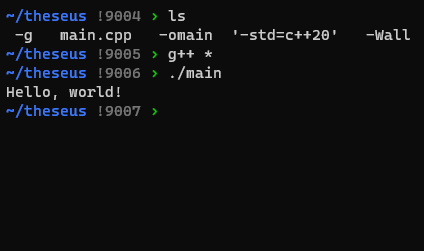

I don’t think that’s the issue. As said in the article, the researchers found the flaw by reading the architecture documentation. So the flaw is in the design of the API the operating system uses to configure the CPU and related resources. This API is public (though not open source) as to allow operating system vendors to do their job. It usually comes with examples and pseudo code on how some operations work. Here is an example (PDF).
Knowing how this feature is actually implemented in hardware (if the hardware was open source) would not have helped much. I would argue you are one level too low to properly understand the consequences of the implementation.
By the vague description in the article it actually looks like a meltdown or specter like issue where some code gets executed with the inappropriate privileges. Such issues are inherent to complex designs and no amount of open-source will save you there. We need a cultural and maybe a paradigm shift on how we design CPU to fully address those issues.





I find that funny that, since this is rust, this is now an issue.
I have not dwelved in packaging in a long while, but I remember that this was already the case for C programs. You need to link against libfoo? It better work with the one the distribution ship with. What do you mean you have not tested all distributions? You better have some tests to catch those elusive ABI/API breakage. And then, you have to rely on user reported errors to figure out that there is an issue.
On one hand, the package maintainer tend to take full ownership and will investigate issues that look like integration issue themselves. On the other hand, your program is in a buggy or non-working state until that’s sorted.
And the usual solutions are frown upon. Vendoring the dependencies or static linking? Are you crazy? You’re not the one paying for bandwidth and storage. Which is a valid concern, but that just mean we reached a stalemate.
Which is now being broken by
In other words, we never figured out a proper solution for C projects that will link with a different minor than the one the developer tested.
Well, /rant I guess. The point I’m raising does not seem to be the only one, and maybe far from the main one, for which bcachefs-tools is now orphaned. But I’ve seen very dubious arguments to try and push back against rust adoption. I feel like people have forgotten where we came from. And while there is no reason to go back per say, any new language that integrate this deep into the system will face similar challenges.